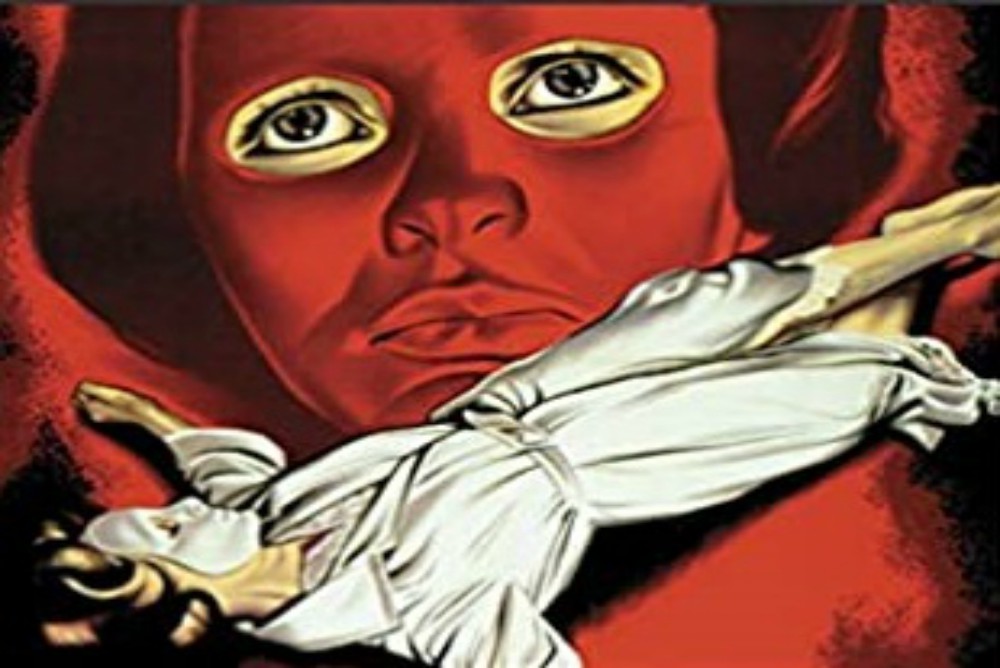What’s scary about Anita Rocha da Silveira’s second feature is neither its monstrous metaphors for the Evangelical extremism on the rise in her native Brazil, nor its Argento-esque aesthetic of hallucinogenic hues and contrast colors. It’s how the ignorant ideology which the sprawling story overtly criticizes asserts itself in the subtext of this supposedly feminist fairytale. Like many fairytales, it revolves around a haughty heroine humbled by losing her beauty and being thrown off her privileged pedestal. Excluded by her previous peers and having of necessity to engage in lowly work, her character becomes reformed so that when she regains her physical charms they are matched by spiritual perfection.
Despite openly parodying duplicitous definitions of physical attractiveness, the director-writer relies on archaic concepts of beauty, disfigurement and ugliness. Young, conventionally beautiful protagonist Mari (Mariana Oliveira) and her girl gang of radical Evangelicals pursue an immaculate appearance as one of women’s prime duties to Jesus and to men while at the same time condemning the attractiveness of “sinful“ young women. At night, Mari and the others hunt for “Jezebels“ and “Messalinas“ – epithets evoking the age-old history of slut-shaming women – beating them into renouncing their “depraved“ lifestyle to embrace religious piety. The forced confessions and conversions are instantly posted online where they draw likes and supportive comments. Read more












